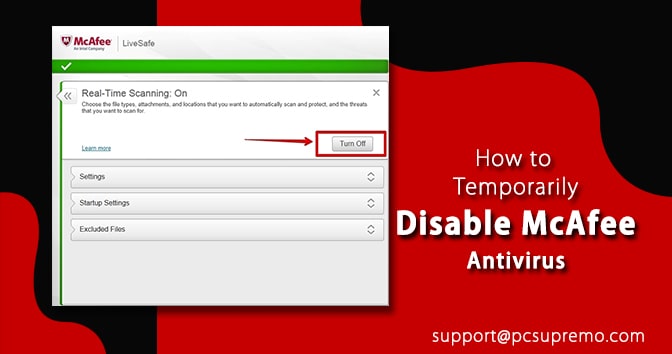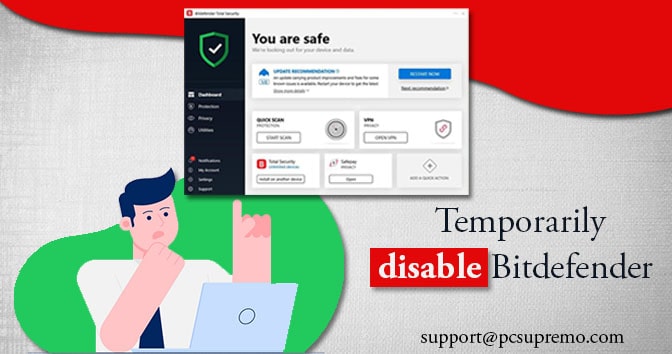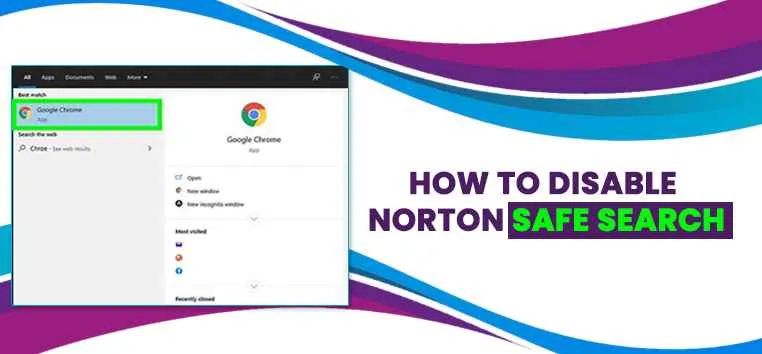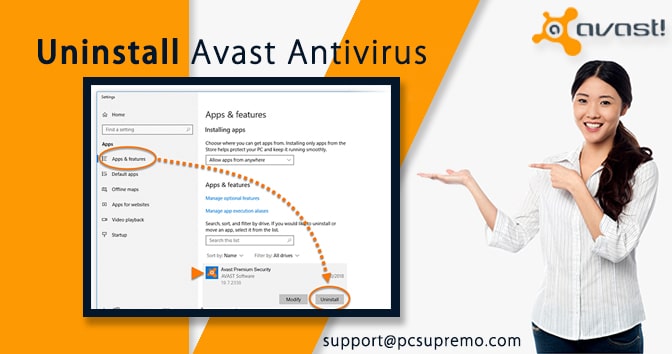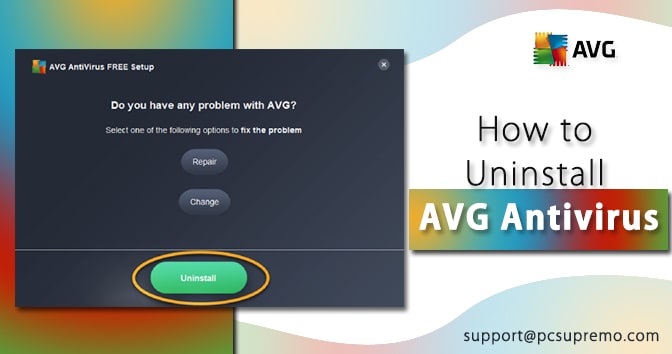Sometimes the installer will ask you to disable your antivirus software. This is because antivirus software has a hard time determining whether the program you are installing is legitimate or maybe a virus spreading on your computer’s storage system.
If you buy the software from a store or download it from a reputable website on the internet, the device is safe to install.
Suppose you want to know how to turn off anti-virus, how to disable or any related queries then, find its icon in the notification area of the system tray (usually in the lower right corner of the desktop).
Do not disable your antivirus program unless you install a new program.
If you download this program from the internet, make sure it comes from a reputable source.
After installing the software, re-enable the anti-virus software. It can even be a good idea to restart your computer at this point; By rebooting, you will ensure that your computer is checked for new infections and that your antivirus software is running correctly.
Never turn off antivirus software unless you expect something to be installed or when a website or email prompts you to do so.
Why developers face problems because of installed anti-virus
Sometimes developers ship legitimate software with viruses lurking on the hard drive. However, this time is scarce, and when you subscribe to an antivirus update service, you will be immediately notified about this infected drive.
It should be noted that the instructions on this page are designed to temporarily turn off the antivirus program, not to remove the antivirus program.
Also, the answer to this question on how to turn off anti-virus, how to disable and the related search will vary depending on your antivirus, so you may need some intuition Instructions to Disable Norton Antivirus in Windows:
1. Find the antivirus program icon in the Windows notification area. Below is an example of an antivirus icon display.
2. McAfee Antivirus notification icon Norton Antivirus icon AVG Antivirus notification icon
3. Once the antivirus icon is found, right-click on the icon and select Disable, Stop, Disable, or something similar. In some cases, you may need to open the program and disable it via the program menu.
4. In the previous section, we mentioned how many third-party antivirus programs could be disabled, and some of them require more than a few clicks in the Windows notification area. Microsoft Security Essentials is one of those exceptional cases we get asked a lot about.
5. Click the Microsoft Security Essentials icon in the Windows notification area, and then click Open.
6. Click the Settings tab, then click Real-Time Security.
7. Uncheck the box next to Enable real-time protection (recommended).
8. Save your changes to turn off antivirus.
Also Read this – Norton Software Problems
Learn how to disable the anti-virus scanner
If the recommendations above don’t help you disable the antivirus scanner, you can run it in Safe Mode, which won’t load any third-party programs, including your antivirus.
Running in Safe Mode is helpful if you are concerned that your antivirus program will interfere with other programs during installation.
Safe mode is a software model that allows Windows users to access modified versions of Windows and fix any issues that prevent Windows from starting usually.
Safe mode differs from the normal mode in that drivers and default settings are used at startup, and only software programs required by the system are loaded at startup.
Below is an example of what the Windows Start menu looks like with Safe Mode selected. When removing malware from your computer, you may need to use a unique correction tool.
This is especially true if you get help from a member of the Malware Response Team (MRT).
Some embedded files that are part of this particular repair tool can sometimes be detected by your antivirus or anti-malware software such as Risk-Tool, Hacking Tool, Potentially Unwanted Tool, Virus or Trojan Horse otherwise.
These tools have been carefully designed and tested by security experts. So, if your antivirus or anti-malware program flags it as malware, the detection is said to be a “false positive”.
Antivirus scanners can’t tell the “good” and “bad” usage of such programs so that they can warn you or even remove them automatically.
In this case, deleting these files can produce “unpredictable results” and unwanted results.
To avoid problems when using a specific tool, it is essential to disable your antivirus and anti-malware program before using it temporarily or when instructed to do so by a member of the malware response team.
You can reactivate the program after the malware removal process is complete. Many people may not be sure how to do this.
So the BC staff has compiled a list of standard antivirus programs and steps to disable their real-time protection features.
If your system was cleaned or suggested by your assistant, it is essential to reactivate your security program to avoid reinfection. Special thanks to Your Excellency for your diligent efforts in compiling this list.
Follow the steps
Please navigate to the system tray on the bottom right-hand corner and look for a sign.
- Right-click- chose “Disable Auto-Protect.”
- select 5 hours
- Click Ok.
- a popup will warn that protection will now be disabled
- select ok again to continue with your Norton disabling process.

